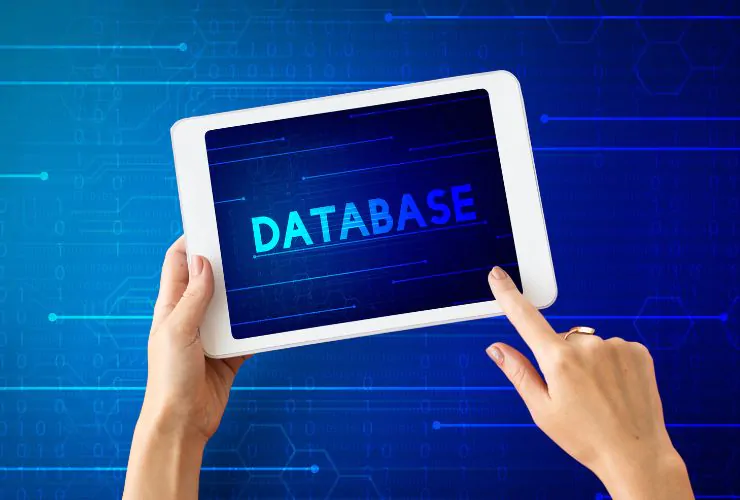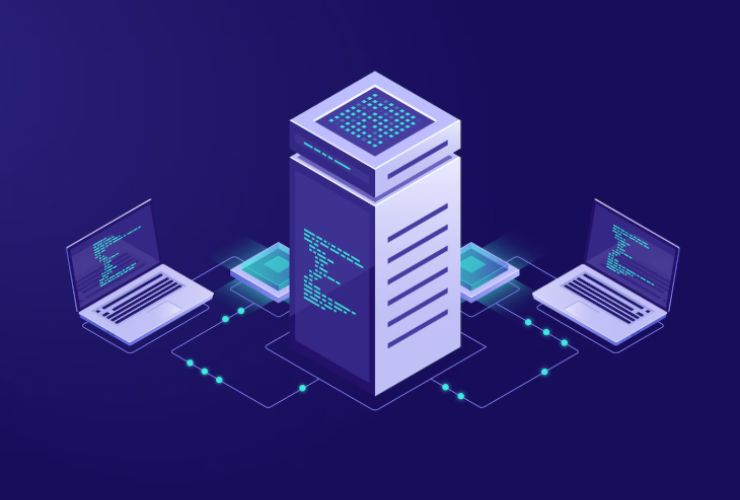In our rapidly changing digital world, data runs every area of business operations. Organizations rely on databases not just for customer transactions and inventory management, but for analytics, reporting, and much more. If those databases go down, it can lead to the loss of revenue, damage to reputation, and operational disarray.
This is where database monitoring comes in. Ongoing monitoring of the health, performance, and security of the database systems allows businesses to identify and catch problems before they lead to significant problems. Let’s detail why database monitoring is important in preserving business continuity and the safety of your enterprise.
What is Database Monitoring?
Database monitoring is the process of monitoring a database in real-time for performance metrics, resource utilization, and system health. This includes monitoring of things, such as, query response times, CPU, and memory usage, disk IO, error logs, connections, and transaction rates.
Database administrators (DBAs) and IT teams can collate this data and analyze it to help identify performance bottlenecks, resource depletion, security threats, and other outliers that could impact database availability and responsiveness.
The Importance of Database Monitoring for Business Continuity
1. Avoid Unexpected Downtime
Unexpected outages can lose critical business processes such as sales, customer experience, and internal operations. Implementing continuous monitoring will alert your teams about future failures — hardware failures, deadlocks, or failed backups — before downtime occurs, allowing your team to take corrective action quickly.
2. Improve Performance
Slow or poorly running queries impact at the application level and impact the user’s experience and your brand. Monitoring enables your team to spot performance degradation by visually representing slow running queries or locking waiting query times.
3. Improve Security
Database systems are often the first target in a cyberattack. Monitoring for unusual activity that could indicate a data breach, such as multiple failed login attempts from an unexpected ip, or actions that would indicate unauthorized access can keep your data secure and compliant.
4. Assist in Capacity Planning
Monitoring tools can provide insights into trends of usage and resource consumption over time, which can assist in determining capacity in the future. Having the ability to see into the future can allow for organizations to scale their infrastructure and avoid being “bit in the butt” from a performance perspective.
5. Provide Information for Quick and Effective Troubleshooting
When issues arise, monitoring will help give the overall context you need to correctly identify the root cause of problems. Monitoring will provide details about a current issue you are trying to troubleshoot that will include logs, alerts and performance metrics that can lead to faster identification and route cause analysis cleanse that will minimize business impact.
Implement Best Practices for Efficient Database Monitoring
- Define Performance Metrics: Identify essential performance metrics for your organization, such as query wait time, transaction per second, and uptime, appropriate for your industry.
- Establish Automated Alerts: Use alerts that notify you when a predefined threshold is breached, so you can be alerted to issues in a timely fashion.
- Choose Monitoring Tools that Include Complete Solutions: Consider monitoring tools that analyze the entire database solution, including server, storage, network, and application queries.
- Regularly Look at Your Logs: Analyze historical performance data to learn about recurring delays or problems, so that you can prevent the problem from happening again.
- Integrate with Incident Management: Align monitoring alerts with your organization’s IT service management to effectively manage and account for incidents when they arise.
Conclusion
Specifying correct database monitoring is a key factor for business continuity. By engaging in database monitoring it allows you to proactively manage a concern rather than reacting to an issue, regardless of if a performance issue or a security breach. Proper or ample monitoring and alerts systems allows your organization a good chance to minimize downtime, effectively organize issues, and maintain your clients and stakeholder trust.
If protecting your business-critical data and maintaining continuous operations is important as it involves your organization’s risk and long-term success, you should make a point to begin with monitoring your Database.










